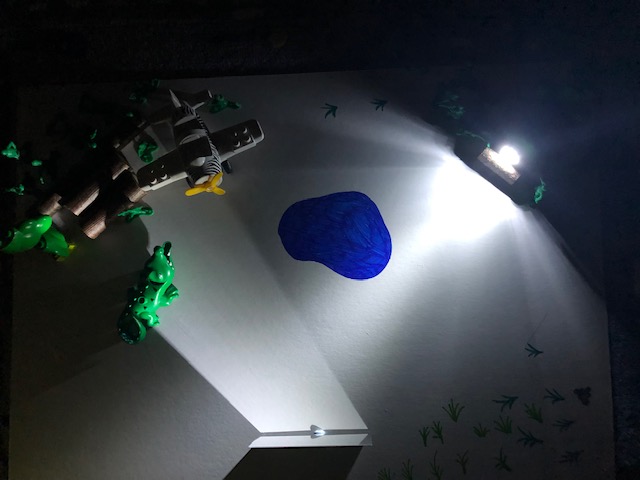

Include a photograph or labeled drawing of organism or setup. Use figures and flow charts to illustrate experimental design if possible.

Materials and methodsīriefly describe experimental equipment and procedure, but not with the detail used for a manuscript. A nice image can draw people in even if you look boring or have a boring poster title. Also note: unlike a manuscript for a journal, the introduction of a poster is a wonderful place to display a photograph or illustration that visually communicates some aspect of your research question. Please note that “X has never been studied before” or “my mentor gave me this project” are lame reasons for doing something, even if true. Pitch an interesting, novel hypothesis, then describe (briefly) the experimental approach that can test your hypothesis. Place your issue in the context of published, primary literature. Use the absolute minimum of background information, definitions, and acronyms (all of which are boring). Quickly (first sentence or two) get your viewer interested in the issue or question that drove you to take up the project in the first place. E.g., if you’re an astronomer, imagine a visitor who has a degree in biology or mathematics. Assume they don’t know your study organism at all and assume they are predisposed to find your topic unimportant. Write this section to target an intelligent person who is not in your field. But if you can get away with it, just omit the section -there are rarely poster police at conferences, and they’re not going to tase you if your poster lacks an abstract. Some meetings require an abstract, of course, and if that’s the case be as brief as possible. Abstractĭo not include an abstract on a poster (a poster is an abstract of your research, so having two summaries is a waste of valuable poster space). Should briefly convey the interesting issue, the general experimental approach, and the system (e.g., organism) needs to be catchy in order to reel in passersby who are trying to avoid boring interactions, a real danger at conferences just like in the real world. The word-count guesses are for a poster that is approximately 3 x 4′, so adjust accordingly if your poster is a different size. Names of the section headings are somewhat flexible, too, especially if you’re not crafting a science poster.

Hamster maze science project how to#
Download (PPT file).īelow are some rough guidelines on what to include in each section of a scientific poster and how to pitch that content. This layout gives a lot of central, visible space to the results and demotes less important sections (Literature cited, Acknowledgements, Further information) to the bottom portion of the poster. The templates are just starting points that can save you a few hours of fussing over the basics. You can, of course, also change background color, text box color, font, etc. Just download, adjust the dimensions (if you need to), and start typing. Downloadable templatesīelow are templates that can be used to make a meeting poster. A one-sentence overview of the poster conceptĪ large-format poster is a big piece of paper or image on a wall-mounted monitor featuring a short title, an introduction to your burning question, an overview of your novel experimental approach, your amazing results in graphical form, some insightful discussion of aforementioned results, a listing of previously published articles that are important to your research, and some brief acknowledgement of the tremendous assistance and financial support conned from others - if all text is kept to a minimum (500-1000 words), a person could fully read your poster in 5-10 minutes.


 0 kommentar(er)
0 kommentar(er)
